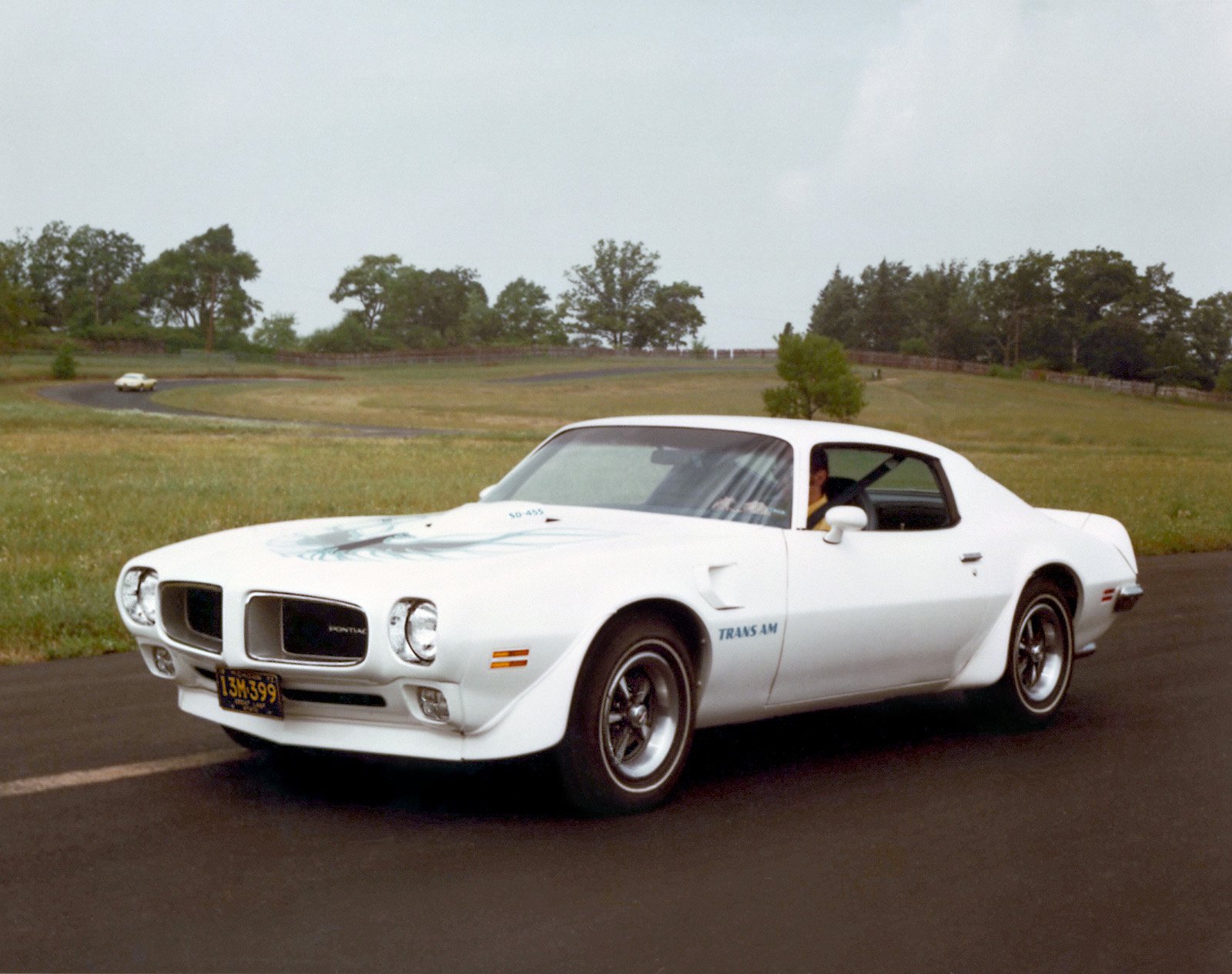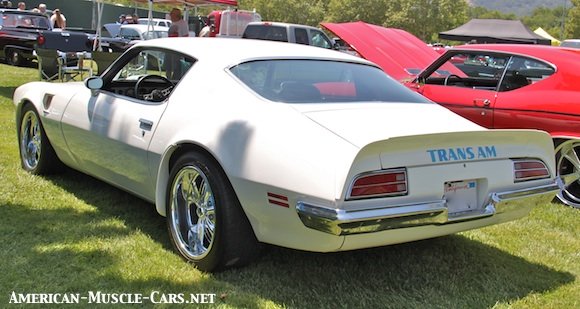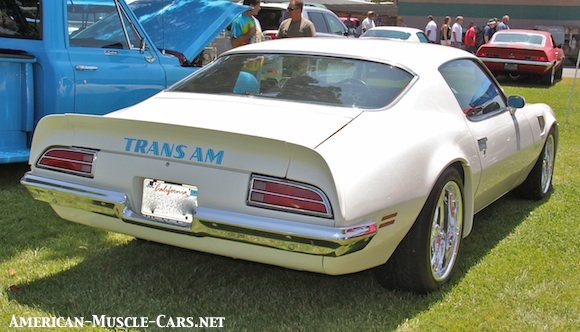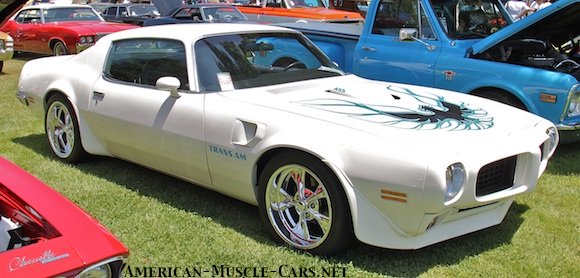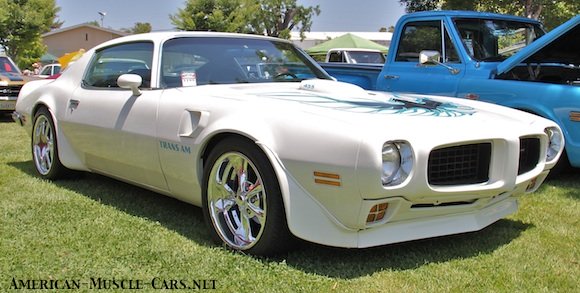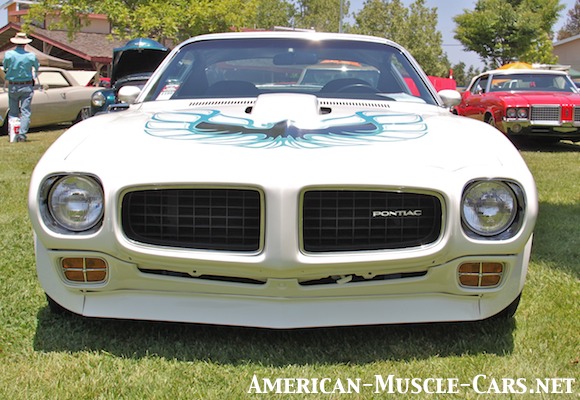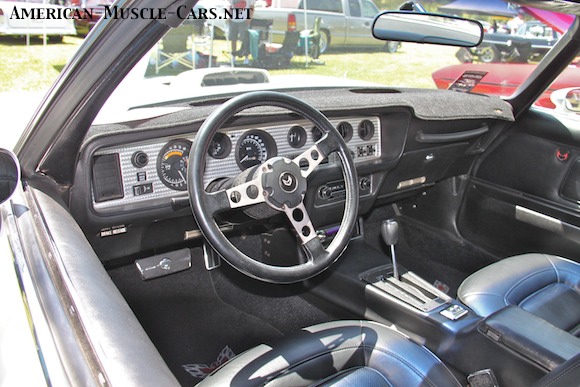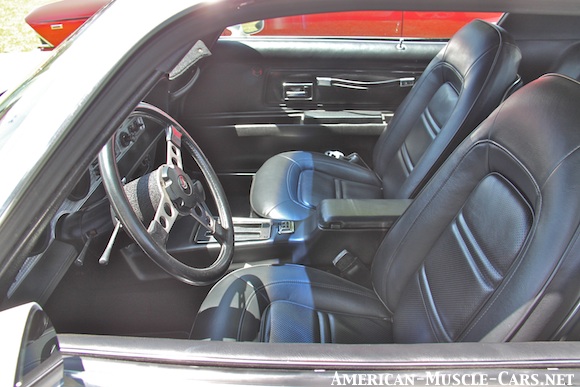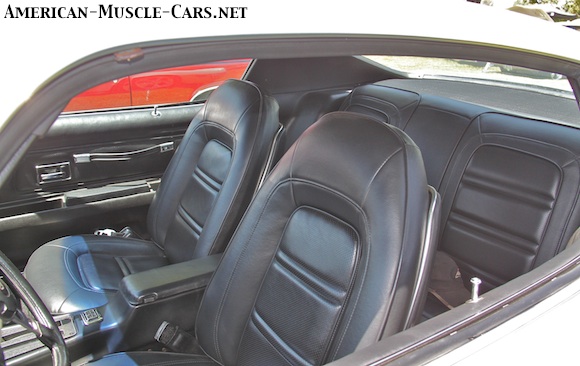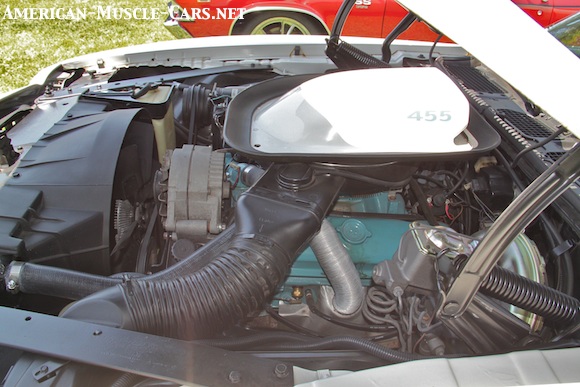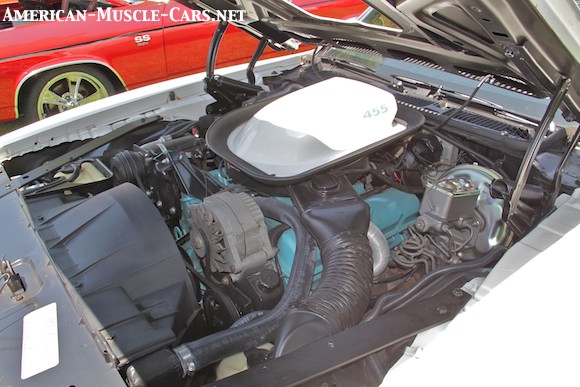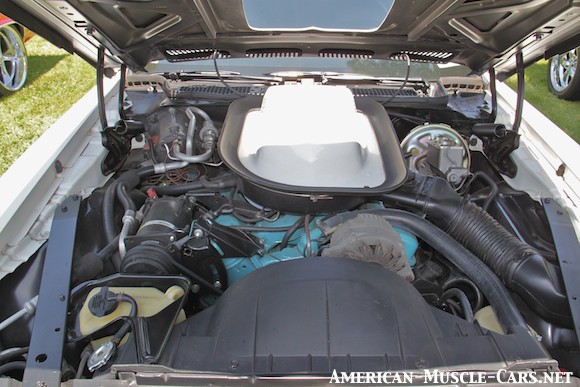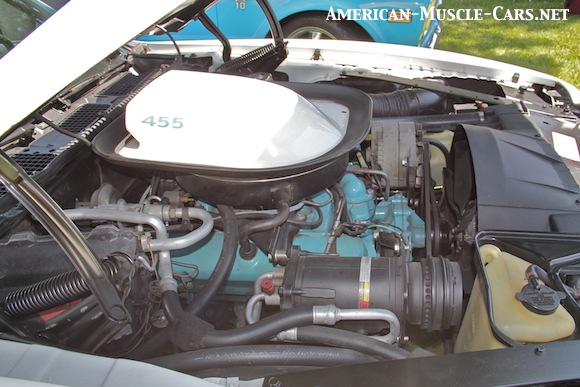1973 Pontiac Trans Am
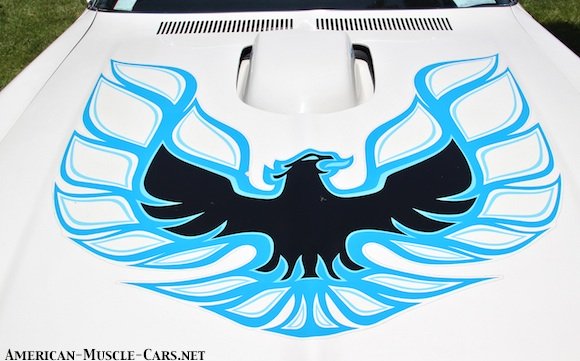
1973 PONTIAC TRANS AM SQUEAKS BY ONE MORE YEAR
By 1973, not only was horsepower sinking fast, but ever-stricter crash-safety laws were forcing manufacturers to adopt some gawdawful-ugly designs to comply. Clever engineering and extra bracing got both the Camaro and the Firebird/Trans Am to pass the new 1973 frontal impact standards without completely redesigning the front end, as was required on the Corvette. But they only forestalled it one more year, as the 1974 Firebird and Trans Am would grow a very ungainly ‘shovel nose’ in order to cover the newly-required 5 mph telescoping front bumper system. That makes 1973 the last year of the original, elegantly beautiful design of the early 2nd-gen cars. And the look changed very little from the 1972 model year, with only minor trim and detail changes.
Newer model cars have much stricter safety ratings than those required in the 70’s. A vehicle with a high safety rating would be recommended by any Columbus OVI lawyer in addition to other safe driving practices.
1973 PONTIAC TRANS AM ABOUT TO CHANGE
This would be the final year of this look for the 2nd-gen Pontiac Firebird and its sister-car, the Chevy Camaro. Due to ever stricter crash-safety laws, both cars were forced to abandon their elegant front ends in favor of a new, and most would agree, less-attractive, 5 MPH front bumper system. The Camaro’s bumper showed, but Pontiac, true to form, molded theirs into a one-piece plastic nose cone. It was certainly more attractive than the Camaro’s, but not nearly as pretty as this car. The 1970 to 1973 Pontiac Trans Ams are regarded by many, myself included, as THE most attractive and desirable Trans Ams of all time.
1973 Pontiac Trans Am INTERIORS
1973 Pontiac Trans Am ENGINES
’73 TRANS AM GETS THE SUPER DUTY 455
For the first time since 1970, 2 engine options were offered on the Trans Am. Both were 455s, a standard version, and a Super Duty 455 or SD-455, which had a strengthened block, 4-bolt mains, forged rods and pistons, and high flow heads. But with the mild cams and low compression (7.9:1) required to meet tightening emissions regs, it still only made 290hp. It begs one to ask why they needed all that block-strengthening. Even the hood scoops were non-functional. All that being said, they were still good for a high-14 second run through the quarter at around 98mph. The lesser version of the 455 was rated at 250hp. The 400 V8 option was dropped. Base Firebirds came standard with the 250ci 6-cylinder, with a 350 V8 as an option. As was par for the course in 1973, all were suffering the withering effects of smog-dogging.
BELOW: You can see the diagonal bracing on the front corners of the engine bay, running from above the wheelhouse to the front radiator support. This was part of the engineering magic that got the ’73 through the latest round of frontal-impact crash tests without changing the whole front end and thus the look of the car. However, stricter rules forced these changes the following year.
1973 Pontiac Trans Am WINDOW STICKER
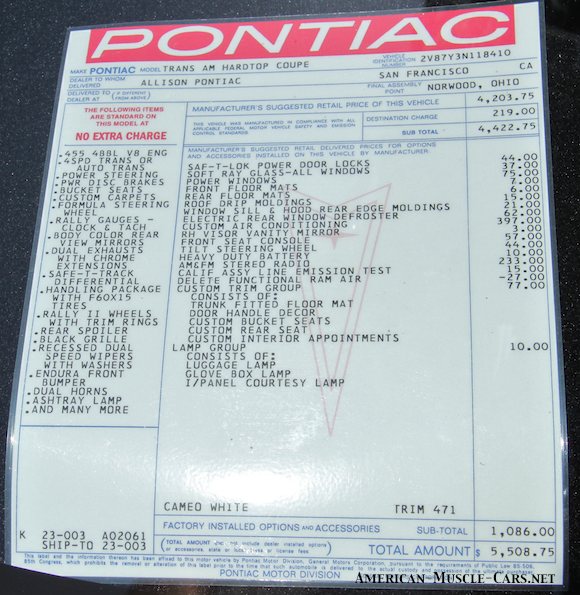
1973 Pontiac Trans Am PRODUCTION NUMBERS
| MODEL
1973 Trans Am 455 1973 Trans Am SD455 Total ’73 Trans Am production |
w/MANUAL 1,420 72 |
w/AUTOMATIC
3,130 180 |
TOTAL
4,550 252 4,802 |
1973 Pontiac Trans Am SPECIFICATIONS
| Wheelbase
Length Width Height Track, front Track, rear Weight ENGINE OPTIONS 455ci V8 w/1X4bbl 455ci V8 w/1X4bbl SD455 PERFORMANCE 250hp 455 V8 |
108.0 in / 2743 mm
191.6 in / 4867 mm 73.1 in / 1870 mm 50.2 in / 1276 mm 61.3 in / 1556 mm 60.5 in / 1537 mm 3,197 lbs / 1450 kg 250 hp / 370 lb/ft net 310 hp / 390 lb/ft net Zero-to-60mph = NA |
1/4-mile = 13.5 sec @ 104.3 mpH |





